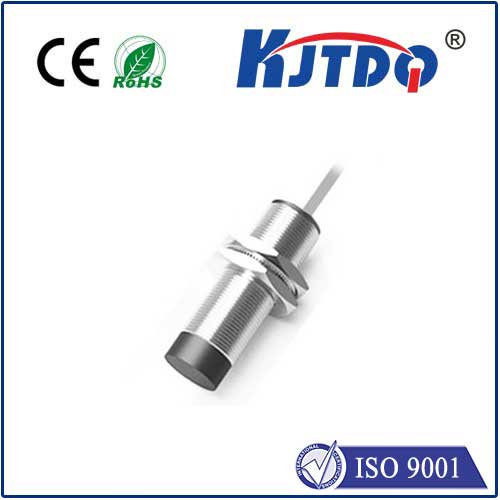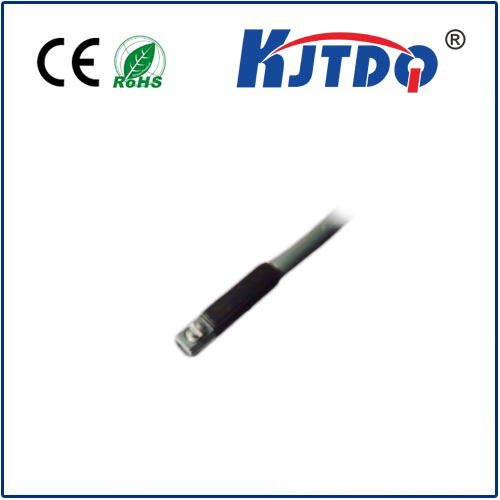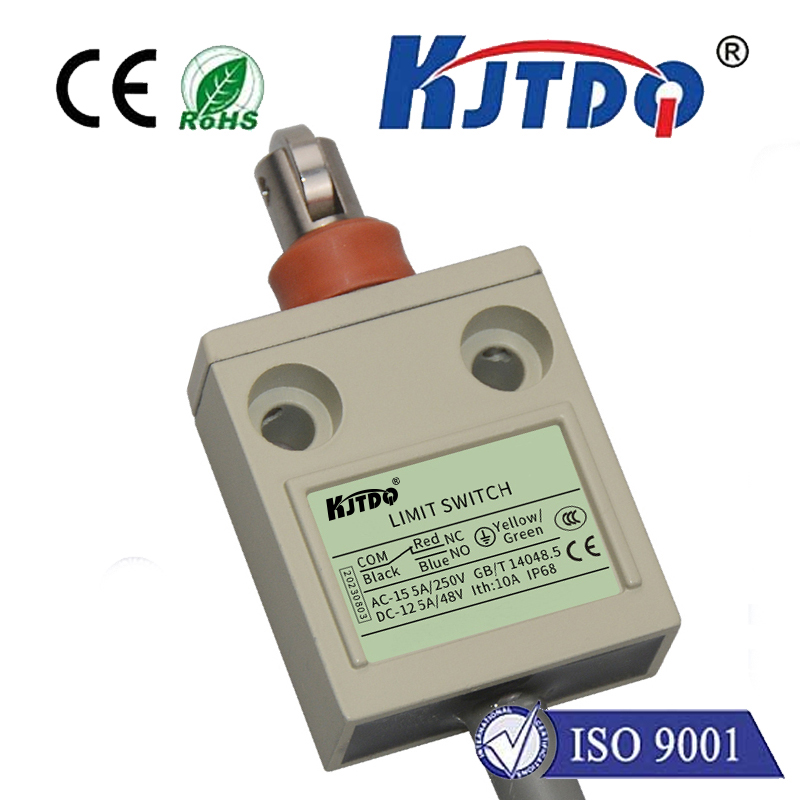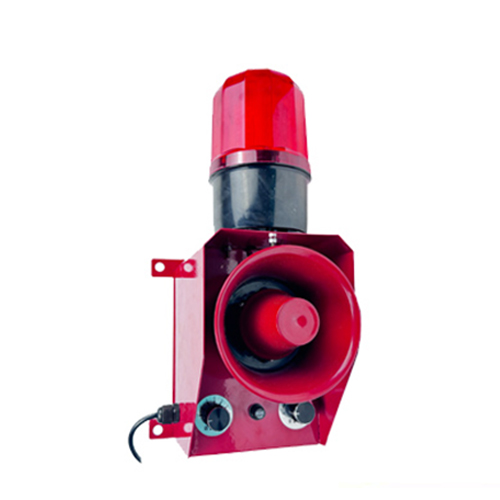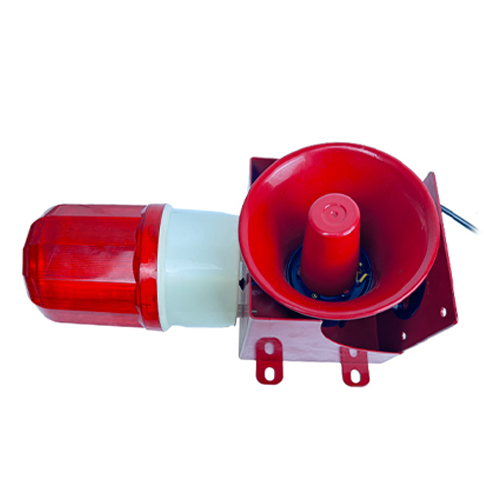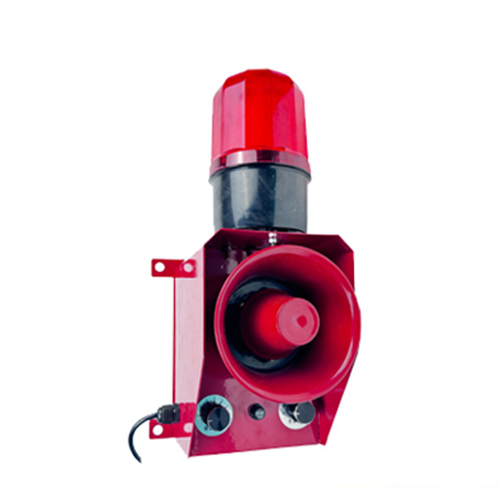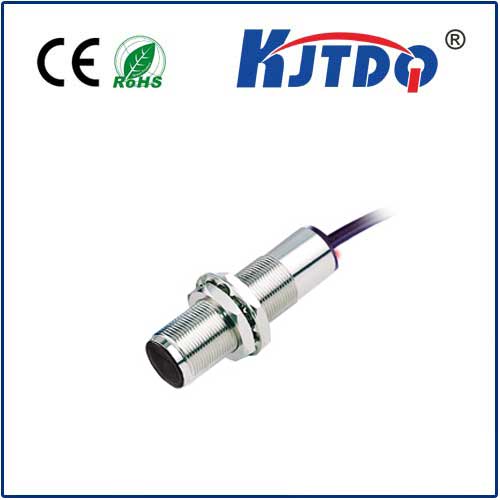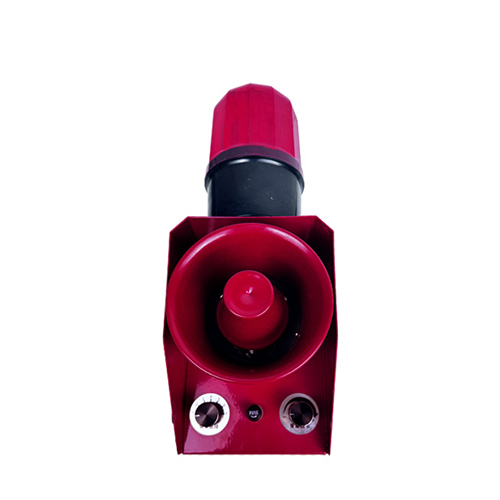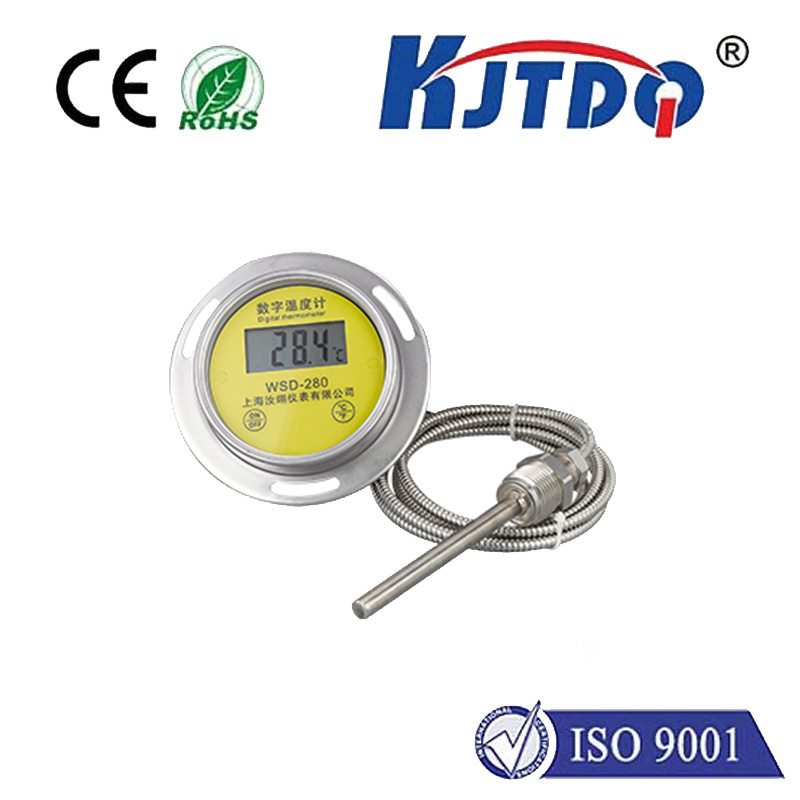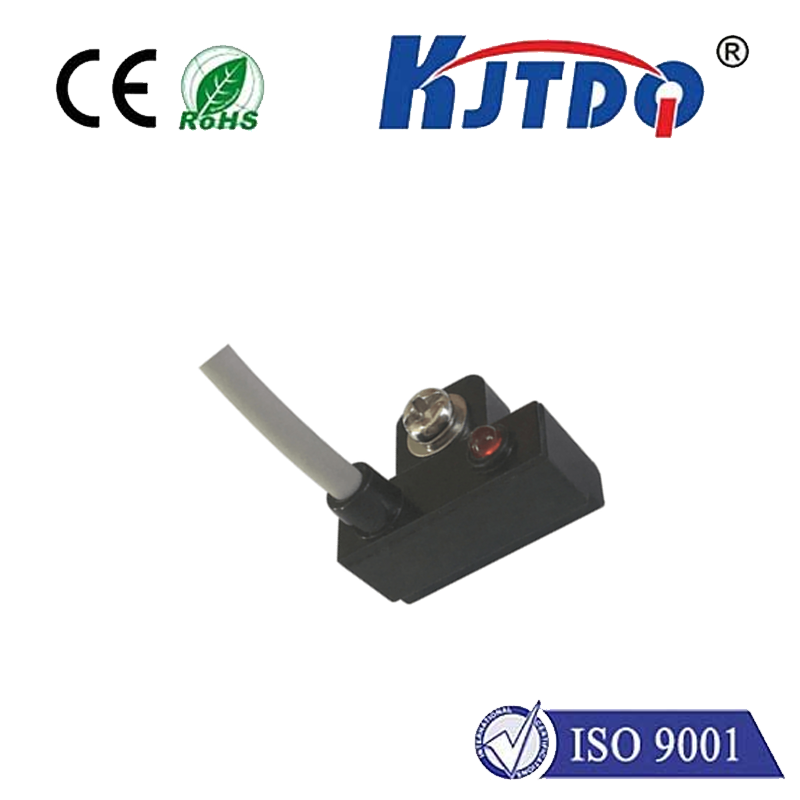

check

check

check

check
Optical Fiber Sensors: The Future of Precision Measurement
In an era where precision is paramount, optical fiber sensors have emerged as a revolutionary solution in various industries, offering unparalleled accuracy, durability, and adaptability. The FU-95Z Optical Fiber Sensor is a key player in this technological evolution, designed to meet the growing demands of modern measurement systems. This article explores the features, applications, and benefits of the FU-95Z optical fiber sensor, highlighting its role in advancing industrial and scientific applications.
Optical fiber sensors are known for their ability to provide high-resolution, real-time data without the need for physical contact. Unlike traditional sensors that rely on electrical signals, optical fiber sensors use light to detect changes in physical parameters such as temperature, strain, pressure, and vibration. This non-contact method minimizes interference and allows for robust performance in harsh environments. The FU-95Z, in particular, is engineered to deliver consistent and reliable results, making it an ideal choice for a wide range of applications.

One of the most significant advantages of the FU-95Z is its high sensitivity. By utilizing advanced optical techniques, such as wavelength division multiplexing (WDM) and optical time-domain reflectometry (OTDR), the sensor can detect minute changes in the environment. This makes it particularly useful in applications where even the smallest variations can have a substantial impact, such as in aerospace, automotive, and energy sectors. The sensor’s ability to operate in extreme conditions, including high temperatures and electromagnetic interference, further enhances its versatility.
The FU-95Z is also designed for ease of installation and maintenance. Its compact size and modular construction allow for seamless integration into existing systems, reducing the need for extensive modifications. Additionally, the sensor’s user-friendly interface enables real-time monitoring and data analysis, providing operators with immediate insights into system performance. This level of convenience is especially beneficial in industrial settings where downtime can be costly.
In addition to its technical advantages, the FU-95Z offers significant cost savings over traditional sensor technologies. By reducing the need for complex wiring and minimizing maintenance requirements, it significantly lowers operational expenses. Moreover, the sensor’s long lifespan and low power consumption contribute to its economic efficiency, making it a cost-effective solution for both new and existing systems.
The application of the FU-95Z extends beyond industrial settings into scientific research and environmental monitoring. In research laboratories, it is used to monitor micro-movements and stress distributions in materials, providing valuable data for material science and engineering studies. In environmental applications, the sensor plays a crucial role in monitoring pollution levels and climate changes, offering real-time data that supports environmental policy and management.
As technology continues to advance, the importance of reliable and accurate sensors becomes increasingly evident. The FU-95Z optical fiber sensor stands out as a leading solution in this domain, combining innovation with practicality. Its ability to deliver precise measurements, operate in challenging environments, and integrate seamlessly into existing infrastructure makes it a vital component of modern measurement systems.
In conclusion, the FU-95Z optical fiber sensor represents a significant leap forward in measurement technology. Its unique design, high performance, and versatility make it an indispensable tool across various industries. As the demand for precision and reliability grows, the FU-95Z remains at the forefront of this technological transformation, ensuring that the future of measurement is both accurate and efficient.
